Not every home’s a fixer-upper, but all houses need occasional repairs and maintenance. You’ll be able to handle those jobs like a pro if you make sure you have these 30 key home improvement skills under your belt.
Toilet Triage
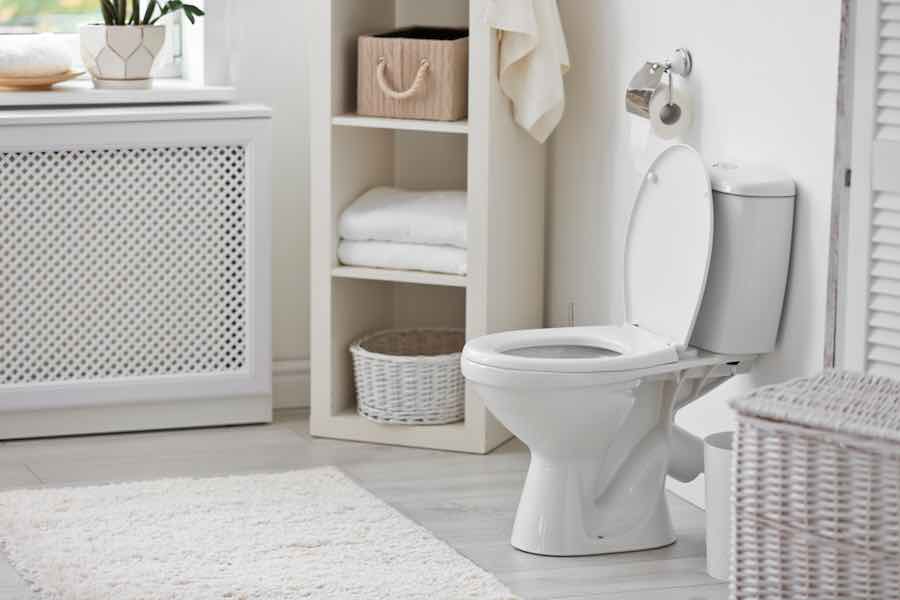
In the life of every homeowner, there will be some clogged toilets. But they’re simple to fix with a plunger, an auger, rubber gloves, and a bucket. If the bowl is in danger of overflowing, shut off the water supply valve behind the toilet and empty out half of the water. Try a plunger first, but if that doesn’t work, grab an auger.
Clearing Out the Gutter
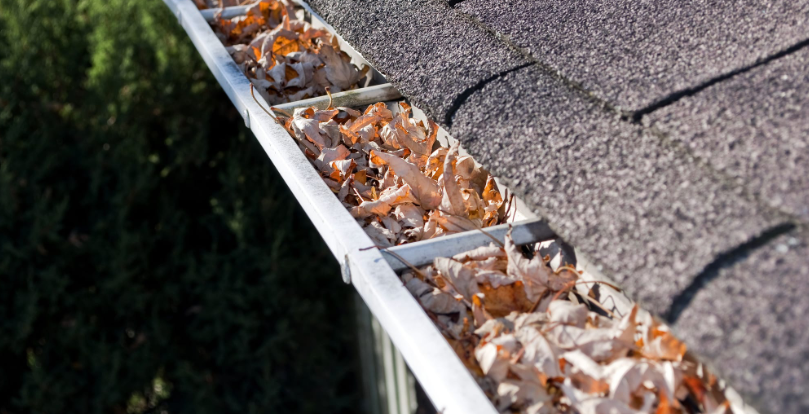
Even the ladder-averse can clean the gutters twice a year to prevent pests and ice dams. Remove leaves by hand or with the assistance of a leaf blower, garden hose, or wet-dry vac. When you’re up on a ladder, be sure to use a stabilizer. If sticking to ground level is more your style, you can still get the job done if you have special attachments for your leaf blower or wet-dry vac.
Stopping the Drips

Leaky faucets can be fixed with a little elbow grease and know-how. First, turn off the water to the sink and stop the drain with a rag so you don’t lose any small parts while you’re dismantling the faucet. A compression faucet needs a new rubber washer to seal the valve, and a drippy washerless faucet can be stopped up with a new O-ring.
Warming Up to Furnace Filters
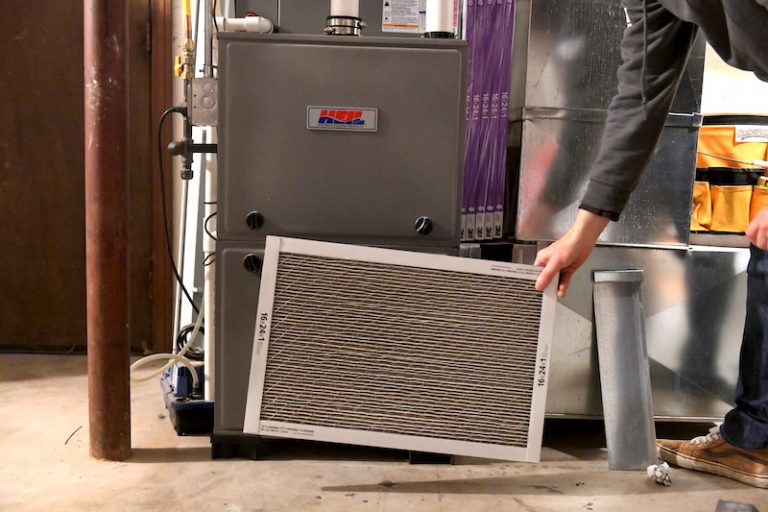
The simplest way to maximize furnace efficiency is quick, easy, and all-to-often forgotten: Make sure to change your furnace filter every two months. Choose the right filter for your model, turn off your furnace, and remove the service panel to swap out the old filter for the new one. Each furnace is different, so consult your manual first.
Caring for Hardwood Floors
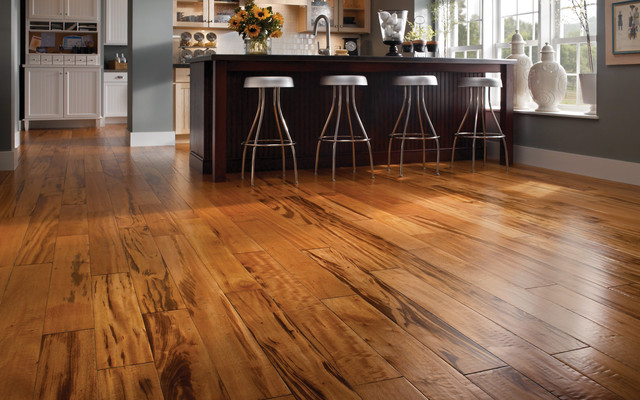
Hardwood floors are often a home’s most inviting feature. You can keep them that way with proper care. Use cleaning products designed for hardwood—other cleansers can cause damage. A little water on a cloth works wonders on spills, but too much water will damage the wood. For fabulous floors, vacuum frequently using a hardwood floor attachment to grab dust from between boards without scratching.
Replacing a Shower Head

Replacing a shower head is a small project with a big impact. Remove the existing shower head, then lay thread seal tape at the base of the shower arm before screwing in the new piece. Don’t fasten it too tightly. Replace the shower arm if you like—they’re often sold separately.
Installing a New Thermostat
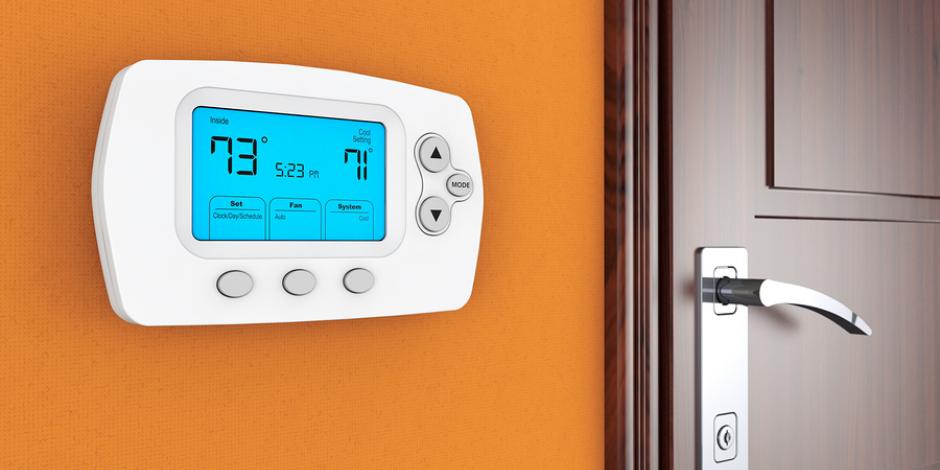
A programmable thermostat is a big step toward energy efficiency, and it’s easy to install. Turn off the breaker to your furnace and air conditioner, then remove the old thermostat, leaving the wires in place. The number of wires (two or four) will help determine which type of thermostat you should buy. Either way, you’re on the road to easier heating and cooling.
Putting In a Ceiling Fan
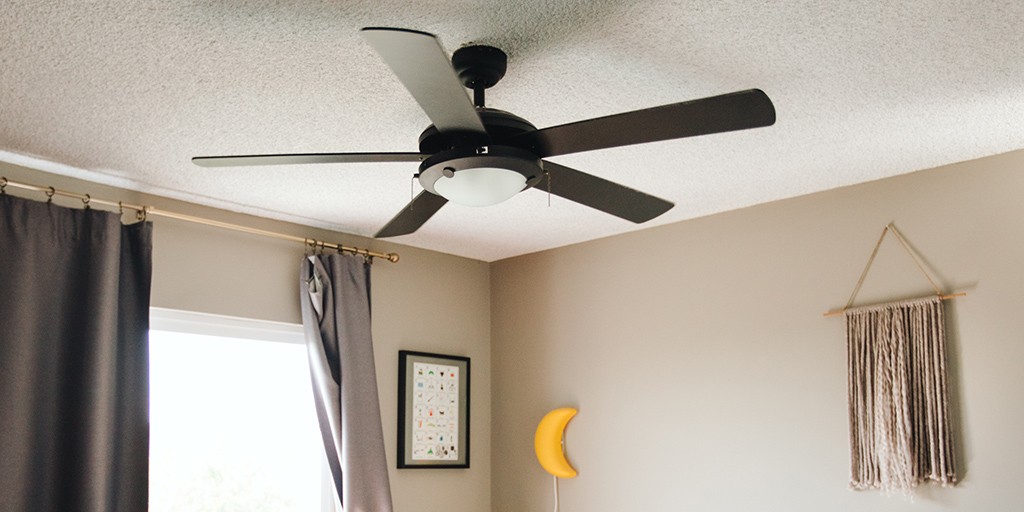
Ceiling fans need a different light box than other fixtures to support their extra weight. After removing old fixtures, install the new electric box and follow manufacturer’s instructions to connect the wires and install the fan. Always remember to cut the power before performing electrical work.
Building a Low-Cost Trellis

A rustic trellis can be fashioned from green saplings, dry wood, or bamboo poles fastened together with garden twine. You can make a trellis in whatever dimensions are necessary to accommodate your garden’s climbing plants, but for a larger trellis, you’ll need to figure out how to stake it securely into the earth.
Creating Window Boxes
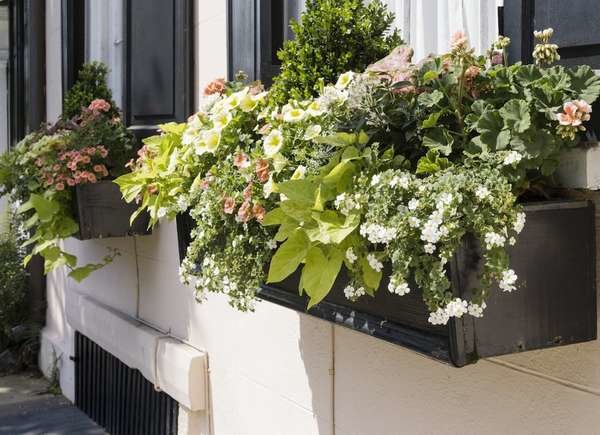
The perfect project for a beginner woodworker, a window box should be cut to the inside width of the window frame, plus 1½ inches. Fit the pieces together with a simple butt joint. Screw the boards together and drill drainage holes on the bottom. Attach the box using heavy-duty screws or brackets to make sure that your favorite flowers have a secure home.
Locating Wall Studs
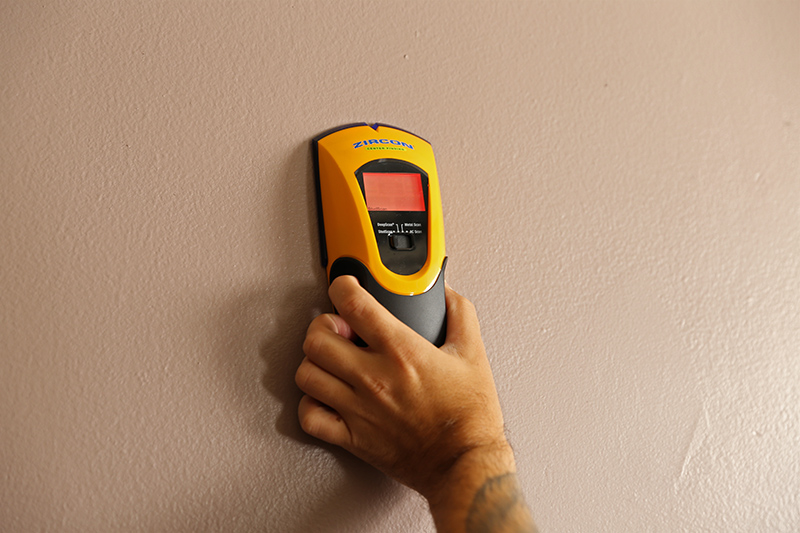
Hanging a shelf or a heavy mirror? It’s best to know where your wall studs are before you start—to save your time and your walls! When you knock on a wall, a spot with the stud behind it will sound solid. Alternatively, use a magnetic stud finder that beeps when it locates the nails in the boards. Happy hunting!
Getting Tiles Sparkling Clean
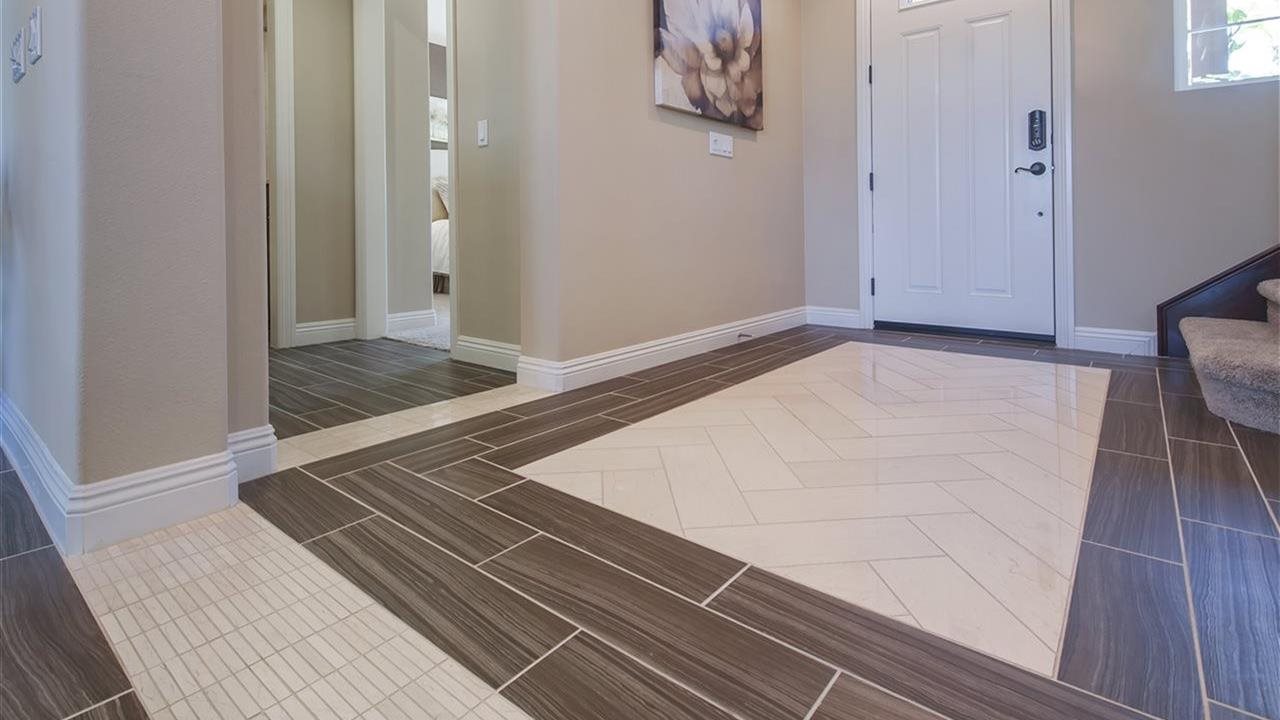
For squeaky-clean porcelain tiles, sweep and vacuum twice a week. Soak with a water-vinegar mixture for 5 to 10 minutes once a month for a deep clean, and scrub with a soft-bristled brush. Dry with a microfiber cloth. To keep tiles looking new, avoid bleach, wax, oil-based cleansers, and hard scrubbers.
Planting Shrubs

Whether or not you have a green thumb, you should be able to plant shrubs. Increase your odds of success by picking a plant that will fare well in your climate, and plan on getting it in the ground in early spring or fall. Test the soil drainage (higher ground means faster drainage) before planting, and dig a hole twice as big as the root ball and deep enough so the ball is level with grade.
Hanging Up Shelves
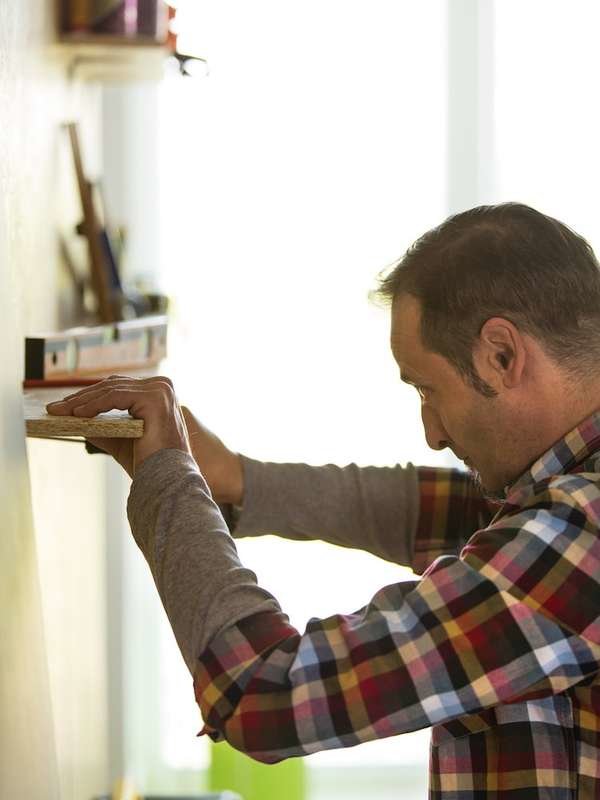
Need some vertical storage? You can put up shelves, but make sure they’re attached to the wall studs for a supportive base. Otherwise, use wall anchors that can support the amount of weight you’d like the shelves to hold. Always use a level before you drill. If you don’t have a traditional or laser level, you can download a level app to your smartphone.
Unclogging a Sink

If you have a clogged sink, skip the chemical drain cleaners—they probably won’t fix anything. Your problem may be a blocked P-trap. Check this U-shaped pipe under the sink by first placing a bucket underneath it and then unscrewing the pipe. If it turns out that the P-trap isn’t your problem, we’ve got more DIY steps for you to take.
Replacing a Faucet
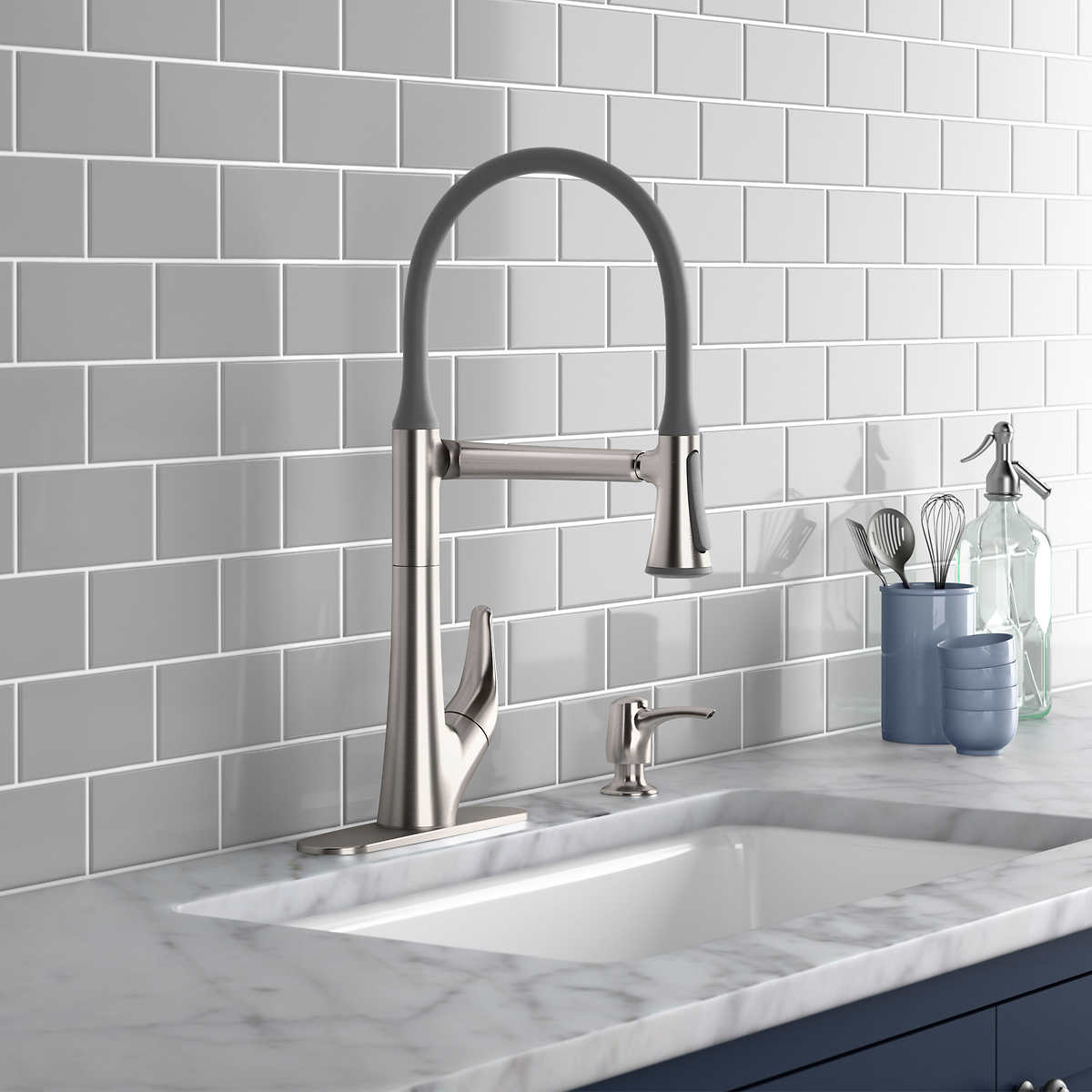
Replacing a faucet might sound impressive, but it’s not too tough. Choose a new fixture that has holes in the same locations as the old one to ensure that it will fit properly on the sink. Before working under the sink, snap a picture so you know how to put everything back together. Shut off the water, drain the faucet, then follow the manufacturer’s instructions.
Using a Caulk Gun
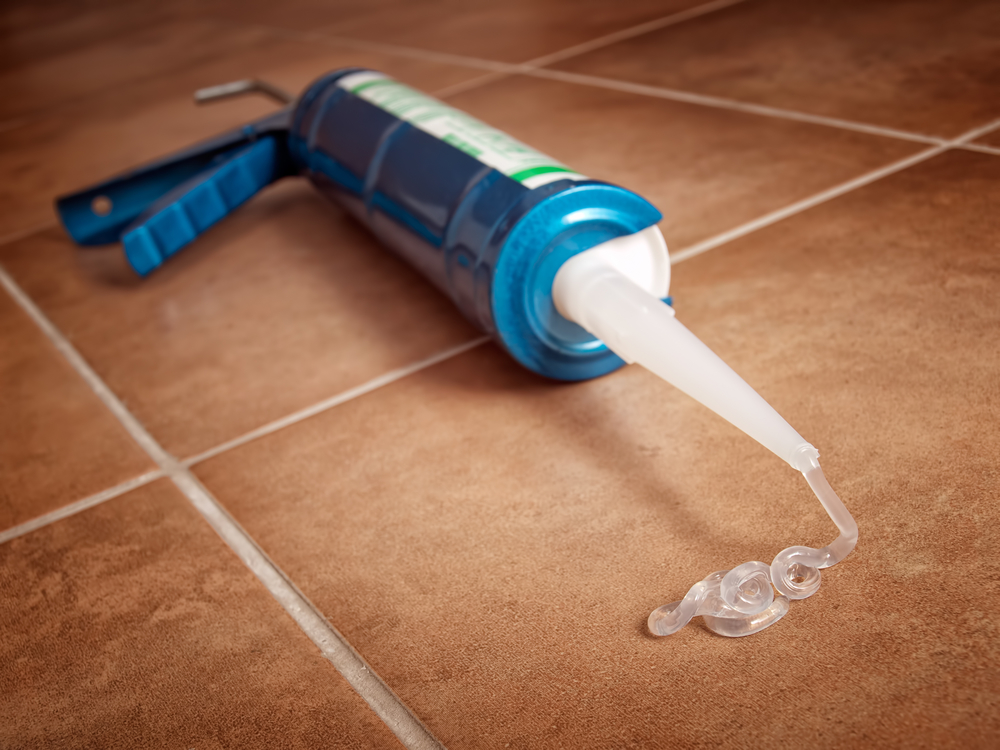
Filling gaps indoors or weatherproofing your exterior is simple with a caulk gun. To use, pull back the plunger and insert the tube. Cut the plastic applicator at a 45-degree angle to slow the flow of caulk. A softer touch on the trigger allows better control of the sealant.
Pressure Washing
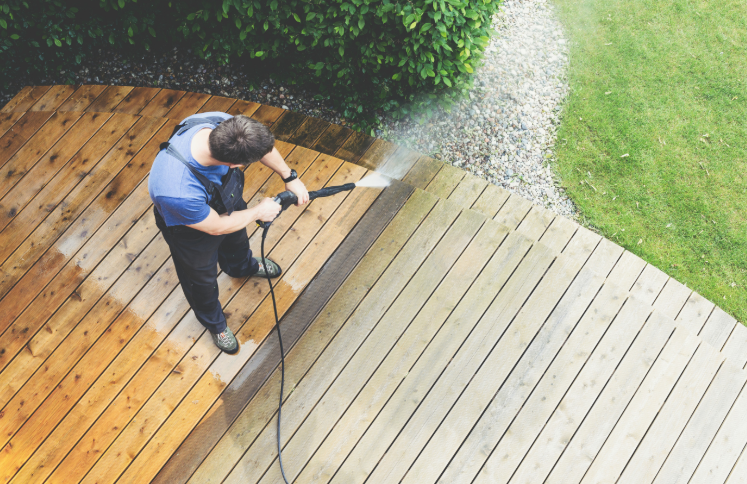
Yikes! Can you even recognize your exterior paint color under all that grime? Cleaning your exterior with a pressure washer can remove several years’ worth of dirt. Work from the top down, and to keep from stripping paint or damaging siding, avoid pointing the hose at a 90-degree angle. Your house will be beautifully grime-free in no time.
Building Raised Beds
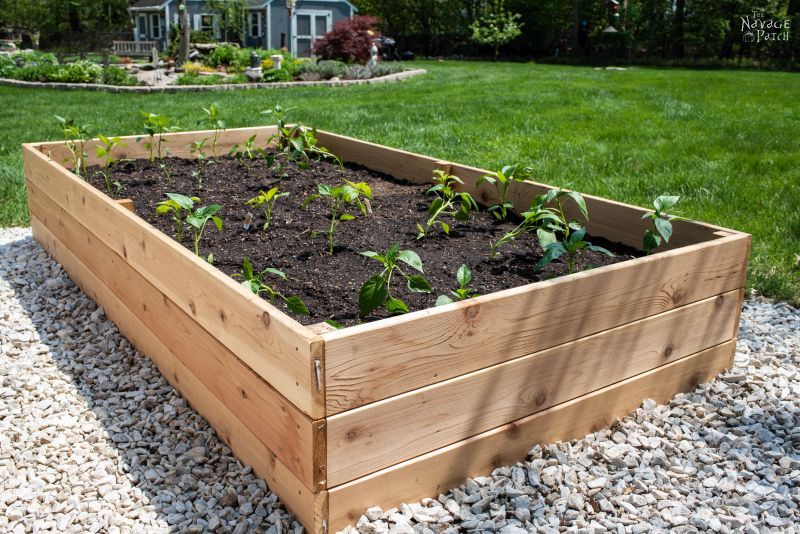
Don’t let poor soil quality stop you from starting a garden—build a raised bed! To allow easy access to your crop, aim for a bed that’s about three to four feet across. Dig a trench a few inches deep to accommodate a pressure-treated wooden frame, and fill with a soil mix that includes compost, manure, and rock dust for optimal growing conditions.
Making a Sandbox

A sandbox brings kids hours of fun and is simple to make. Use pressure-treated pine boards for a sturdy frame. Neighborhood cats are notorious for their love of sandboxes, so while you’re at it, consider making a lid as well. Finish with stain or paint and (not least of all) sand.
Being a Screen Saver
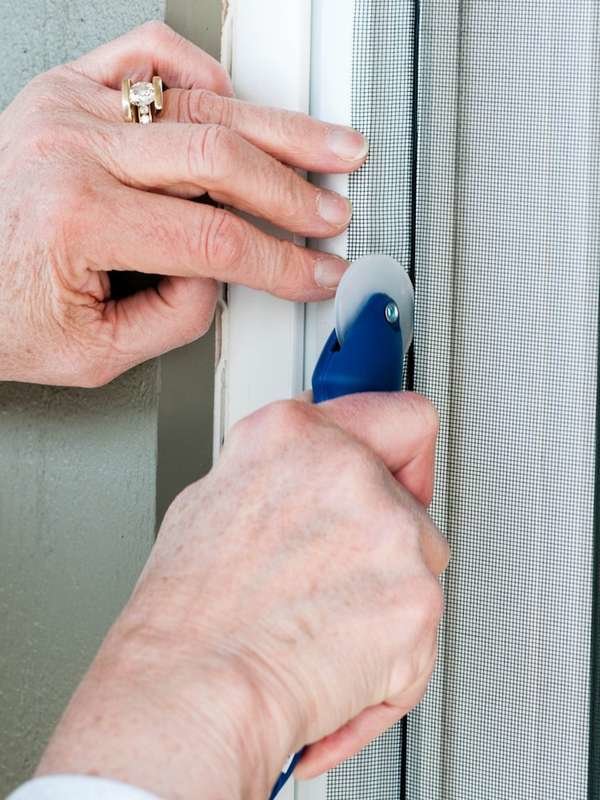
They’re an important part of your home’s defense against insects, so when window screens snag, repair them. Pop the old screen from the metal frame and discard it along with the old plastic cording. Size a new screen, allowing a little extra along the perimeter. Insert it into the frame with new cording and trim the excess.
Installing a Storm Door
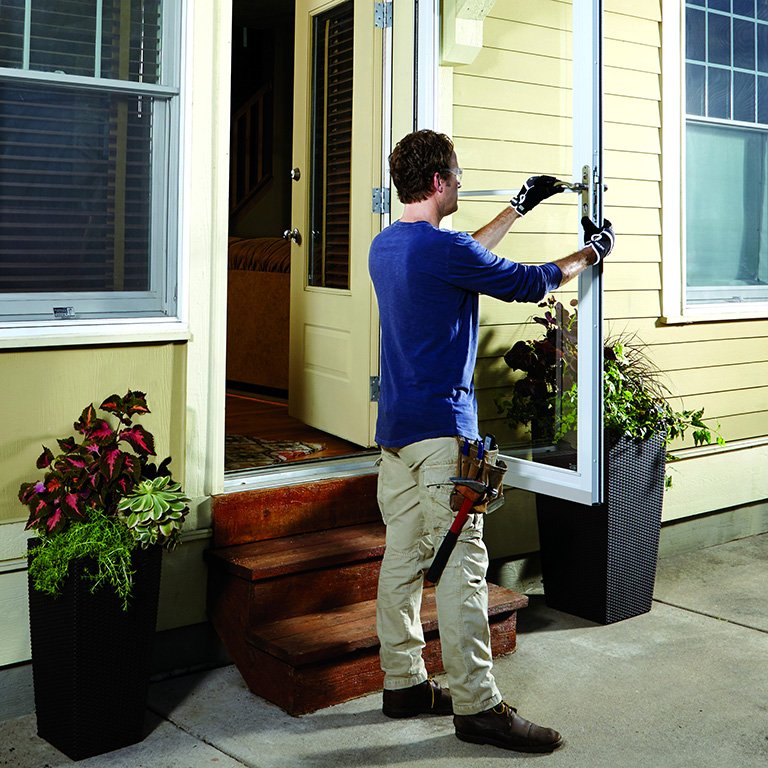
Need extra insulation at home, or maybe just a little more natural light? Either way, a storm door is a great solution. First, measure your door from the interior frame. Be sure it’s square, and adjust with shims if needed. There’s probably a prehung door frame to fit your measurements, but if not, you can order a custom door.
Scouring Grout Clean
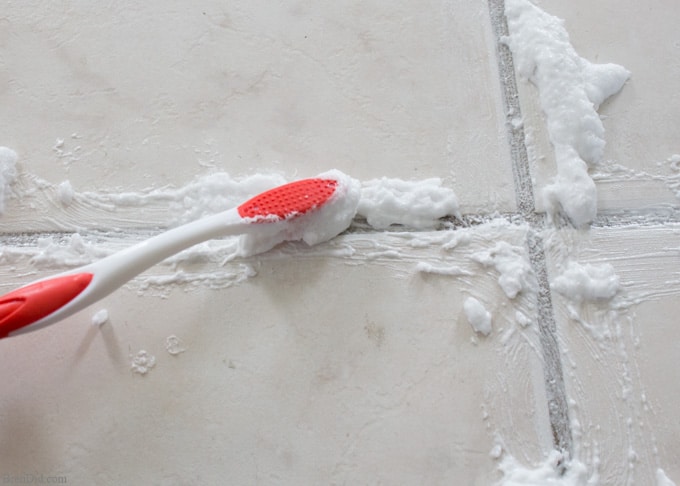
Little-known fact: Grout’s natural color is not mildew-gray. To successfully get at grout, spray warm water and scrub with a hard-bristled brush. For deep stains, cover with a baking soda-and-water paste, and spray with a mixture of vinegar and water for a cleansing foam. When the foaming stops, scrub and rinse your soon-to-be sparkling tiles.
Doing a Quality Paint Job

After you pick the perfect colors, clear the room of furniture and light fixtures (after disconnecting the power). Vacuum the walls, floors, and ceiling. Protect floors from drips with a drop cloth, and baseboards with painter’s tape. Keep the room ventilated, and wait a day or two before moving back in.
Rewiring a Lamp
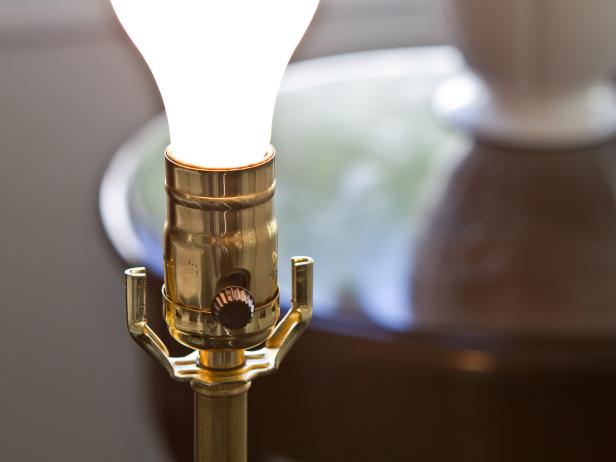
So your vintage lamp has gone dark. You can let there be light (again) by rewiring it. Unscrew the light bulb from the unplugged lamp and remove the old light socket. Unscrew the base of the lamp to remove the old cord. Thread in a new cord, add a new socket, and your old lamp will shine like new.
Cleaning Stainless Steel
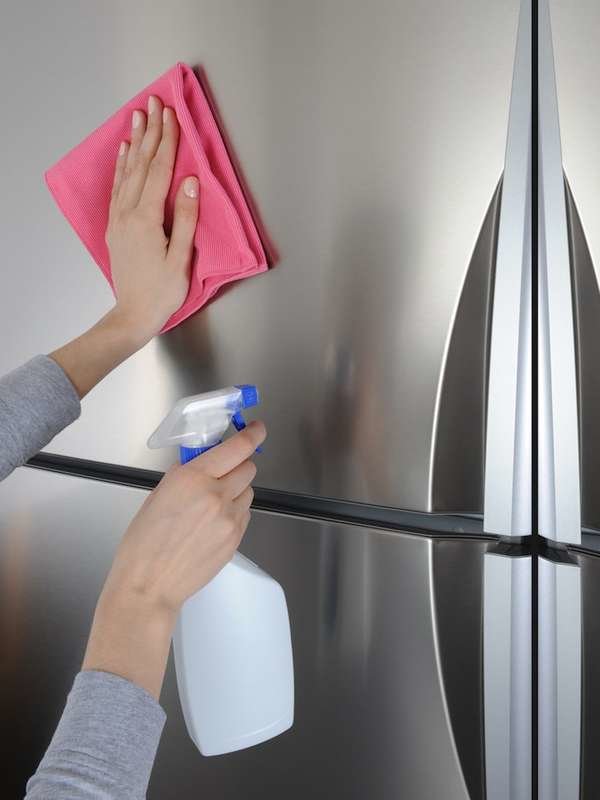
Sure, it’s called “stainless” steel, but we all know that scuffs or fingerprints can mar its surface. To care for stainless steel the right way, beware of bleach and abrasives. Wipe in the direction of the grain with a soft, soapy cloth. Remove stuck-on food with a nylon scrubber for a truly stainless look.
Installing a Wall Sconce

A wall sconce adds instant style and can make a room look taller. To install, cut squares into the drywall just large enough to fit an electrical box and light switch. Turn off your power before pulling cable from the panel box to the switch. Install the electrical box and wall sconce according to manufacturer’s instructions.
Hanging Wallpaper
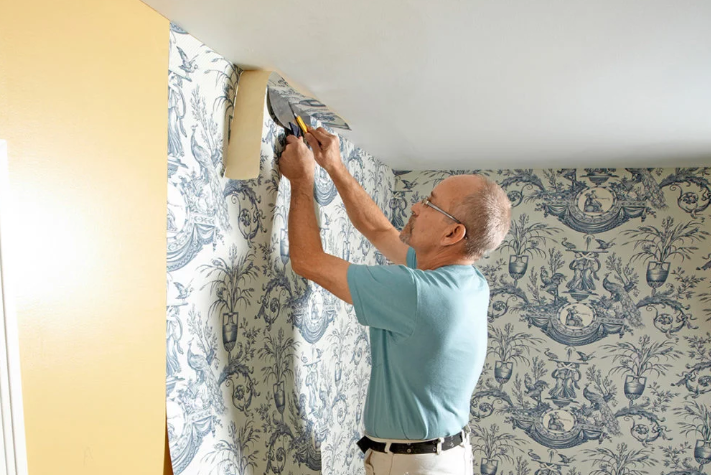
Wallpapering will go smoothly with these simple tricks. If you’re papering over a dark-colored wall, prime it so the old color doesn’t show through. Line up your pieces so the pattern appears seamless, allowing two inches of overlap at the edges. Start papering in an inconspicuous spot in case you end up with a break in the pattern.
Replacing Outlets
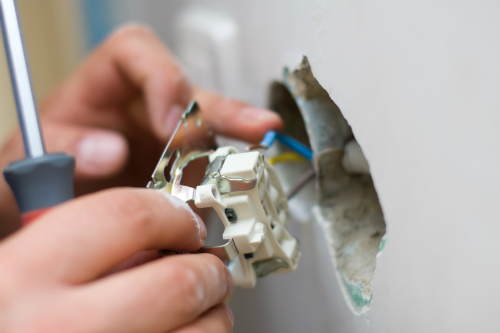
If your outlets need an update, cut the power and use a voltage tester to confirm that there’s no electricity running through them. Remove the faceplate, unscrew the outlet, and take note of which wires connected to which outlet. Hook up the new outlet, screw it into place, and turn the electricity back on to test your work.
Sealing the Driveway
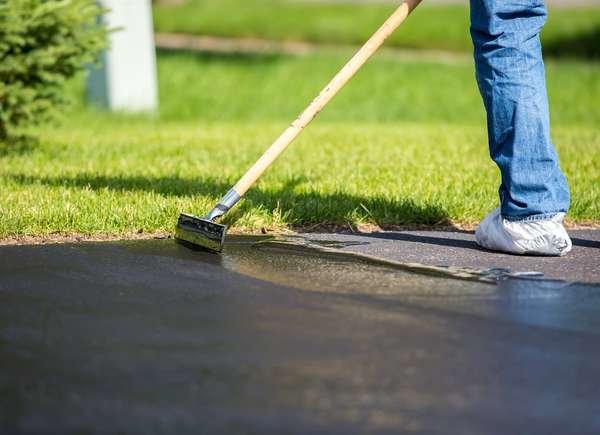
Sealing your driveway can extend its life and improve your home’s curb appeal. Make sure the weather forecast is dry, then start by repairing cracks and washing off the driveway, allowing it to dry overnight. Apply the driveway sealant in small patches. Keep off the driveway for 24 hours to let your work set.
Written by Caitlin Castelaz for BobVila.com. Join their Weekend DIY Club email list here.
